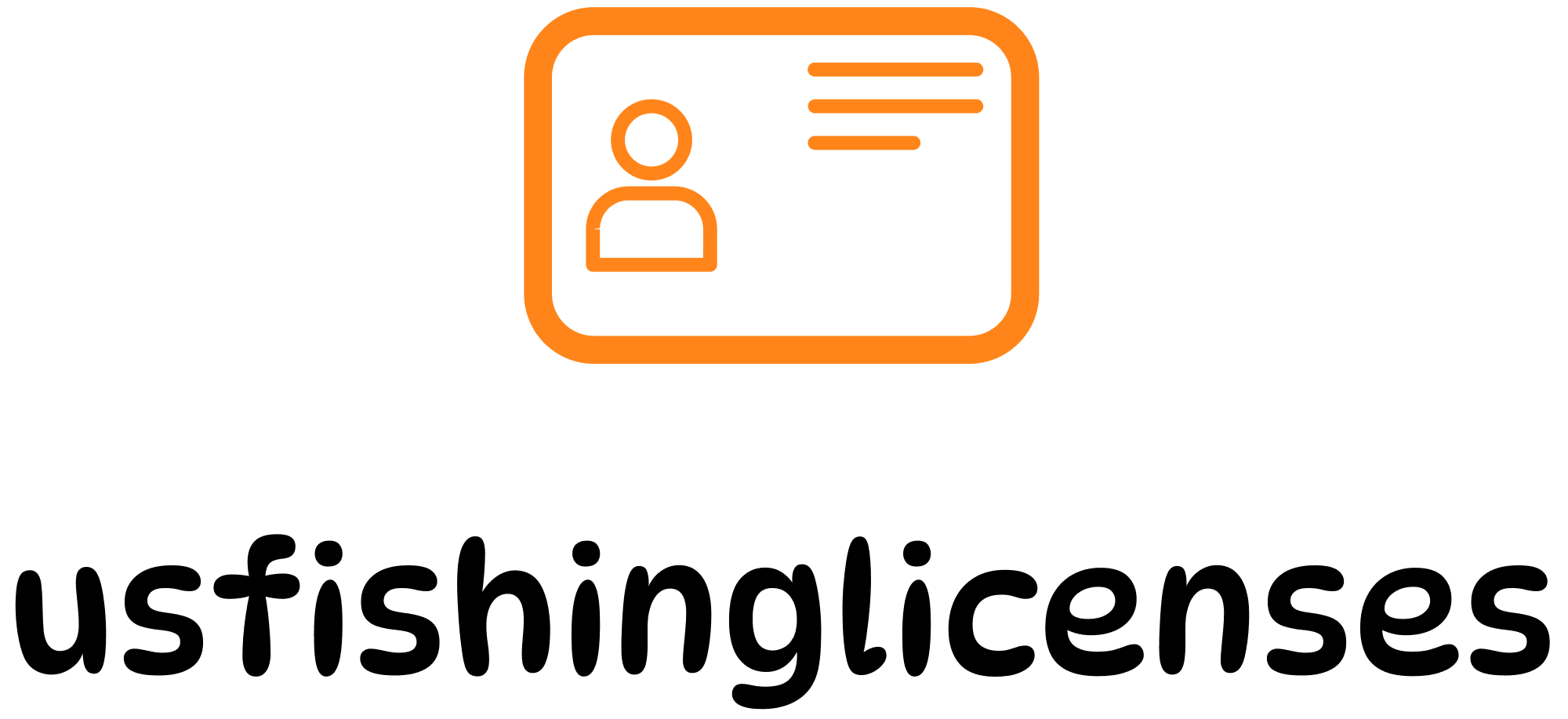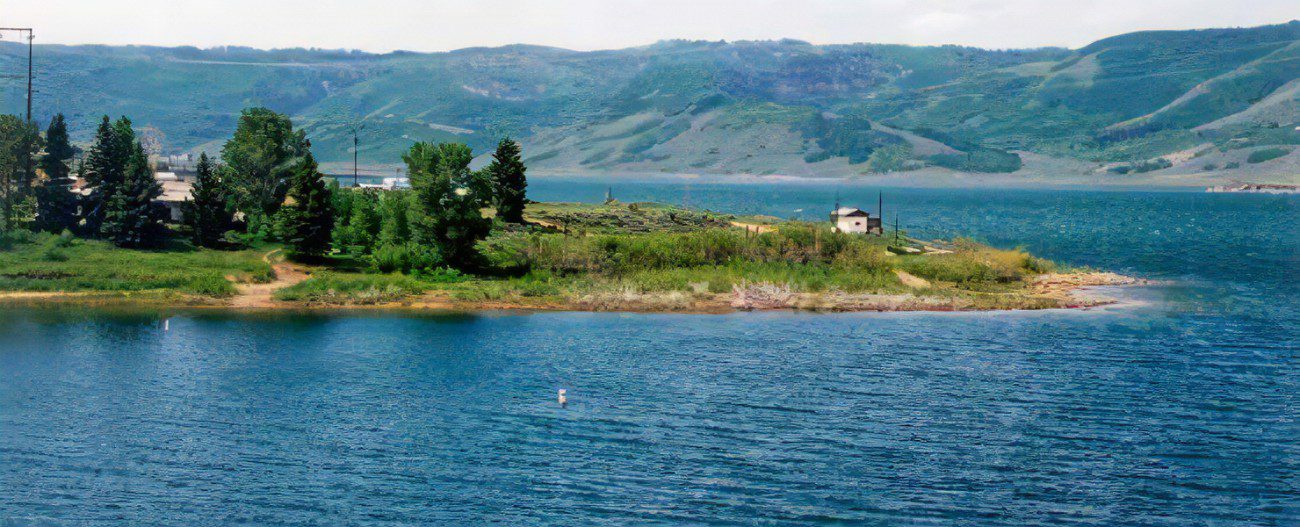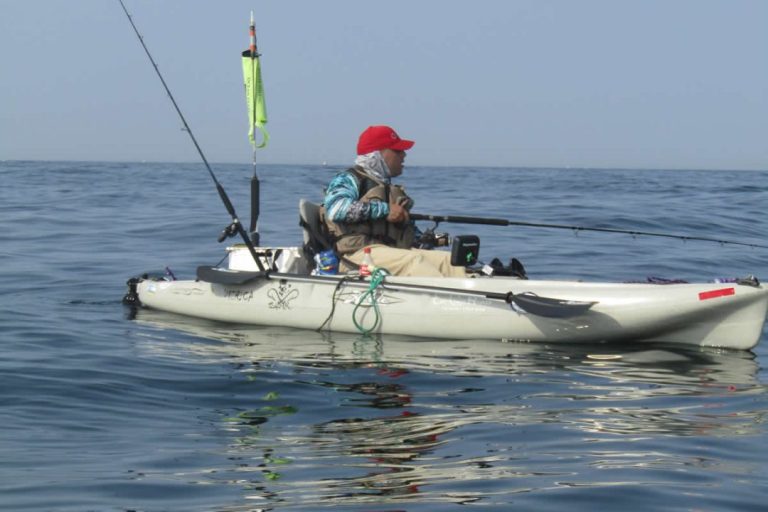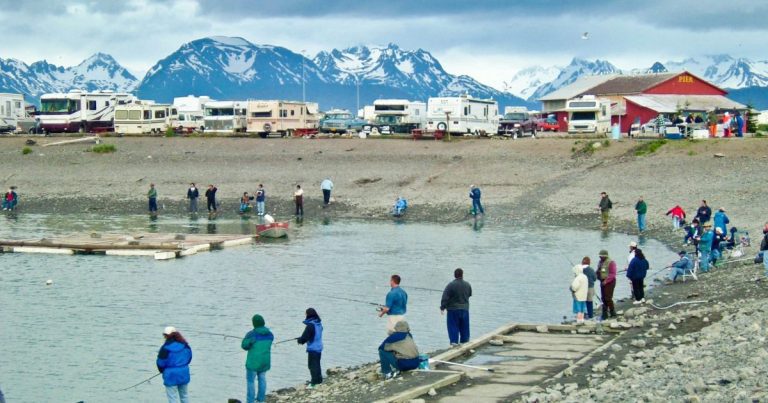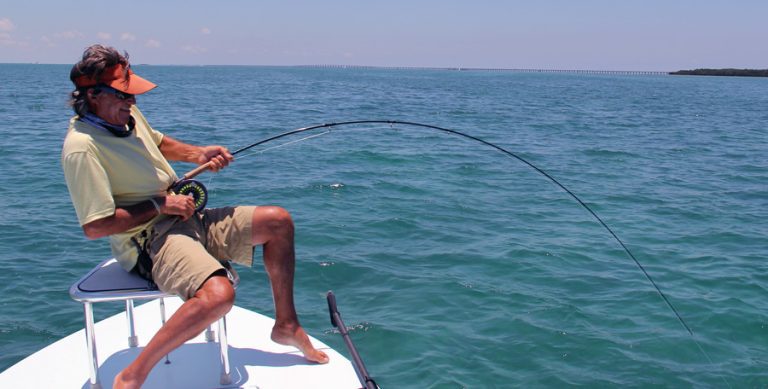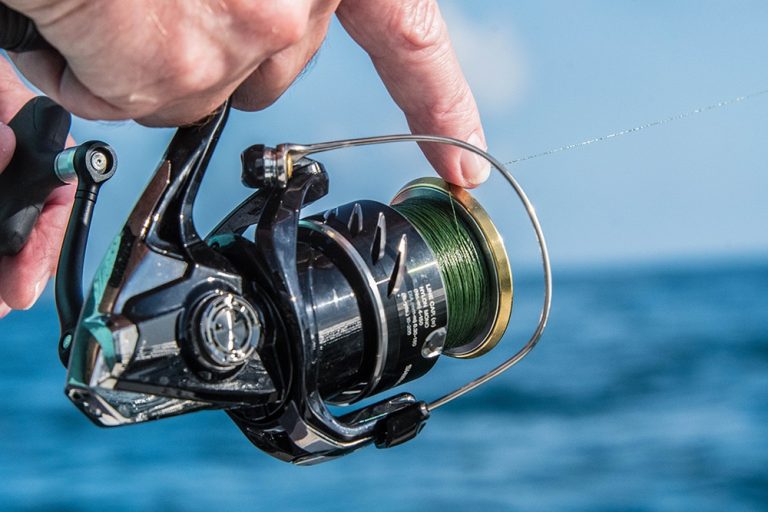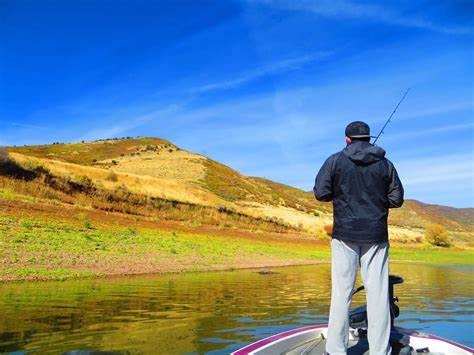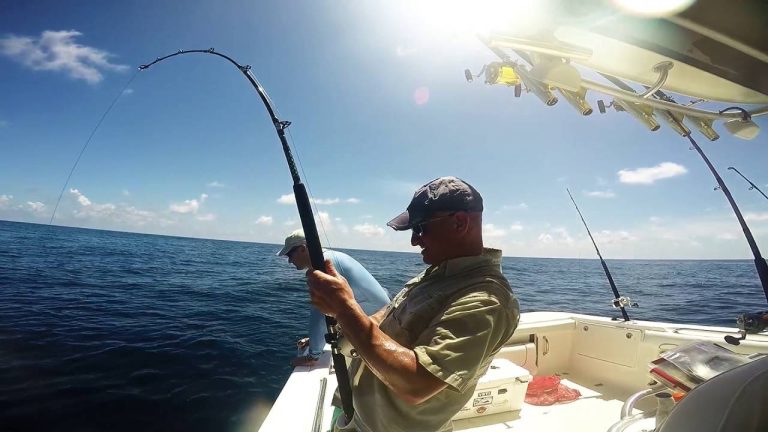Navigating the complex web of salmon fishing permits across the Pacific Northwest requires understanding multiple regulatory systems, seasonal considerations, and distinct requirements for residents versus non-residents. This comprehensive guide breaks down everything you need to know about obtaining the proper permits for salmon fishing in Washington, Oregon, and Alaska—the primary salmon-producing states in the region.
Whether you’re planning a recreational fishing trip or engaging in commercial salmon fishing, this guide will help you understand the permits required, associated costs, and critical seasonal regulations that affect when and where you can fish for salmon in the Pacific Northwest.
Understanding Salmon Fishing Permit Requirements
Salmon fishing in the Pacific Northwest requires specific permits beyond standard fishing licenses in most jurisdictions. This is due to conservation efforts protecting various salmon species under the Endangered Species Act and the need to manage these valuable fisheries sustainably.
The three main states with significant salmon runs—Washington, Oregon, and Alaska—each maintain their own permitting systems with different requirements:
- Washington requires a base fishing license plus a Columbia River endorsement and catch record cards for salmon fishing
- Oregon mandates angling licenses with additional Combined Angling Tags for salmon
- Alaska requires sport fishing licenses with king salmon stamps for specific fisheries
Key Permit Differences by State
| State | Basic License Required | Additional Salmon Endorsements | Resident Cost Range | Non-Resident Cost Range |
|---|---|---|---|---|
| Washington | Annual Combo Fishing/Shellfish | Columbia River Endorsement ($15-$30) | $55.35 | $124.65 |
| Oregon | Angling License | Combined Angling Tag | Varies by age (12+ years need license) | Higher fees apply |
| Alaska | Sport Fishing License | King Salmon Stamp | $29.50 – $69.55 | $84.50 – $124.65 |
Washington State Salmon Fishing Permits
Washington’s salmon permit system ranks among the most complex in the region, with different requirements depending on where and when you plan to fish.
Basic Requirements
To fish for salmon in Washington waters, you’ll need:
- A basic fishing license (freshwater, saltwater, or combination depending on location)
- A catch record card (first card free, additional cards $12.60)
- For Columbia River fishing: Columbia River Basin endorsement ($15-$30)
License costs vary significantly between residents and non-residents. According to the Washington Department of Fish and Wildlife, a resident annual combination license costs $55.35, while non-residents pay $124.65 for the same privileges.
Commercial Salmon Permits
Commercial fishers face additional requirements:
- Salmon gill net licenses: $380 for residents versus $765 for non-residents
- Gear-specific licenses for purse seine, troll, and reef net fishing
- Delivery permits for landing caught fish
For more detailed information on Washington’s fishing license options, visit Washington Department of Fish and Wildlife’s licensing page.
Oregon Salmon Fishing Permits
Oregon’s permit system differs from Washington’s in several key aspects, particularly regarding age requirements and reciprocity issues.
Key Requirements
- Basic angling license: Required for all anglers 12 years or older (compared to Washington’s 15+ age requirement)
- Combined Angling Tag: Required for all anglers regardless of age when fishing for salmon, steelhead, sturgeon, or halibut
- Columbia River Basin Endorsement: Required when fishing for salmon, steelhead, or sturgeon in the Columbia River
Oregon License Exemptions
You may fish without an Oregon license under these circumstances:
- During state-designated free fishing weekends
- When taking crayfish or bullfrogs
- If you’re a resident landowner fishing on your own property (except for salmon, steelhead, sturgeon, or halibut)
For comprehensive Oregon fishing license information, check Oregon’s official fishing license requirements page.
Alaska Salmon Fishing Permits
Alaska’s salmon fisheries represent some of the most productive and carefully managed in the world, with distinct permit systems for sport, subsistence, and commercial fishers.
Sport Fishing Requirements
For recreational salmon fishing in Alaska:
- Basic sport fishing license: Required for all residents 18+ and non-residents 16+
- King salmon stamp: Required for fishing for king salmon, except in stocked lakes
- Sport Fishing Harvest Record Card: Required for fisheries with annual harvest limits
Alaska offers license exemptions for residents 60+ and Alaska disabled veterans, though they must still obtain a free ADF&G Identification Card.
Commercial and Subsistence Permits
Alaska’s commercial salmon permit system has faced criticism for gradually reducing local participation:
- Commercial permit transfers have resulted in a 50% decline in local permit holdings since 1975
- Bristol Bay region now has less than one-quarter of salmon permits held by local residents
- Permit costs can be prohibitive, with non-resident delivery licenses costing $815
For detailed information on Alaska’s fishing licenses and regulations, visit the Alaska Department of Fish and Game website.
Columbia River Special Considerations
The Columbia River presents unique challenges for anglers as it forms the border between Washington and Oregon, creating jurisdictional complexities.
2025 Columbia River Spring Chinook Seasons
For the 2025 season, the following regulations apply to the Columbia River:
- March 1 through April 6: Open from Buoy 10 line to Beacon Rock
- April 1-26: Open from Tower Island power lines to the Washington/Oregon border
- Daily limits: Six fish total, including no more than two adults, of which no more than one may be an adult Chinook
Recreational anglers are projected to harvest approximately 5,200 adult Chinook below Bonneville Dam and 550 upstream to the Washington/Oregon border in 2025.
Reciprocity Challenges
When fishing the Columbia River, be aware of these important distinctions:
- Different age requirements: Oregon (12+) vs. Washington (15+)
- License recognition: Each state honors the other’s fishing licenses on the Columbia River, but you must follow the regulations of the state where you’re physically fishing
- Endorsement requirements: Both states require their own Columbia River endorsements
British Columbia Salmon Fishing Permits
For those fishing in Canadian waters of the Pacific Northwest, British Columbia has its own licensing system.
Basic Requirements
- Tidal Waters Sport Fishing license: Required for all ages when fishing in saltwater
- Salmon Conservation Stamp: Required if salmon are retained
- Separate stamps needed for tidal and non-tidal fishing
Visit Fisheries and Oceans Canada for detailed information on Canadian fishing licenses.
Seasonal Considerations and Planning Your Trip
Timing is everything when planning a salmon fishing trip in the Pacific Northwest. Each salmon species has distinct run timing, and regulations are adjusted annually based on forecasted returns.
2025 Projected Salmon Runs
For spring Chinook on the Columbia River:
- 2025 forecast: 122,500 fish (higher than 2024’s 116,332 but below the 10-year average of 139,676)
- Season planning: Carefully managed to protect ESA-listed upriver stocks while providing recreational opportunities
Planning Tips
- Research run timing: Different salmon species run at different times of year
- Check for in-season updates: Fishery managers may adjust seasons based on actual returns
- Purchase permits well in advance: Some permits may sell out for popular fishing periods
- Consider hiring a guide: Professional guides stay current on complex regulations
Obtaining Your Permits
Getting the proper permits is straightforward if you know where to look.
Online Options
Most states offer online purchasing of fishing licenses and salmon endorsements:
- US Fishing Licenses offers information on Washington state licenses
- US Fishing Licenses Oregon page explains Oregon’s licensing requirements
- US Fishing Licenses Alaska section covers Alaska’s permit system
In-Person Purchasing
Licenses and permits can also be purchased at:
- Sporting goods stores
- Bait and tackle shops
- State fish and wildlife offices
- Some convenience stores in fishing areas
Conservation and Future of Salmon Fishing
The permit systems across the Pacific Northwest aim to balance fishing opportunities with conservation needs. Understanding these efforts helps anglers appreciate why certain restrictions exist.
Conservation Challenges
- ESA-listed stocks: Many salmon populations receive federal protection
- Habitat degradation: Urban development and dam operations affect salmon survival
- Climate change: Warming waters impact salmon migration and reproduction
Supporting Sustainable Fishing
As an angler, you can support conservation efforts by:
- Purchasing required licenses and endorsements (fees support conservation programs)
- Following catch limits and reporting requirements
- Practicing catch-and-release techniques for wild salmon where required
- Staying informed about changing regulations
Conclusion
Navigating the salmon permit requirements across the Pacific Northwest requires understanding each state’s unique system. By obtaining the proper permits, following regulations, and respecting conservation measures, anglers can enjoy the remarkable experience of fishing during salmon runs while helping ensure these iconic fish remain part of the region’s natural heritage for generations to come.
For the most current and specific information on salmon fishing permits for your location, always check with the appropriate state or provincial agency before your fishing trip, as regulations can change annually based on salmon forecasts and conservation needs.
